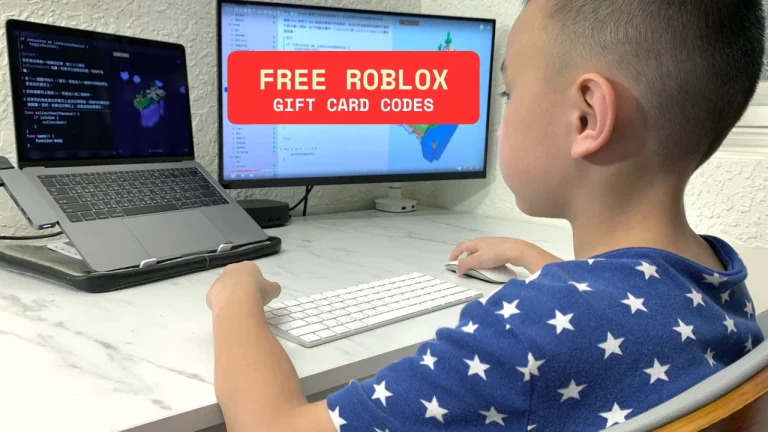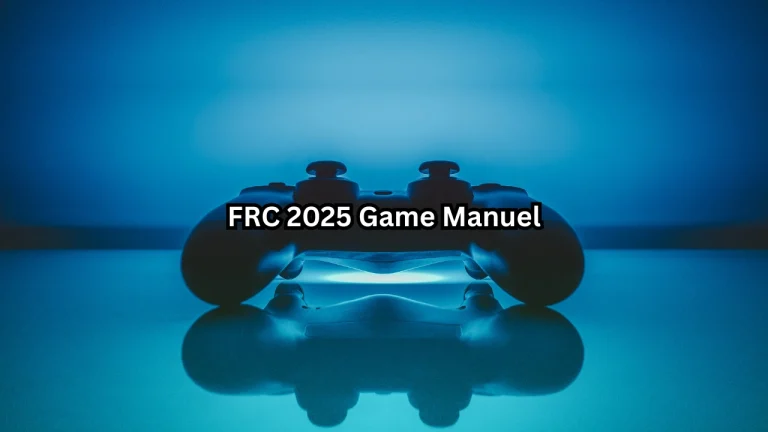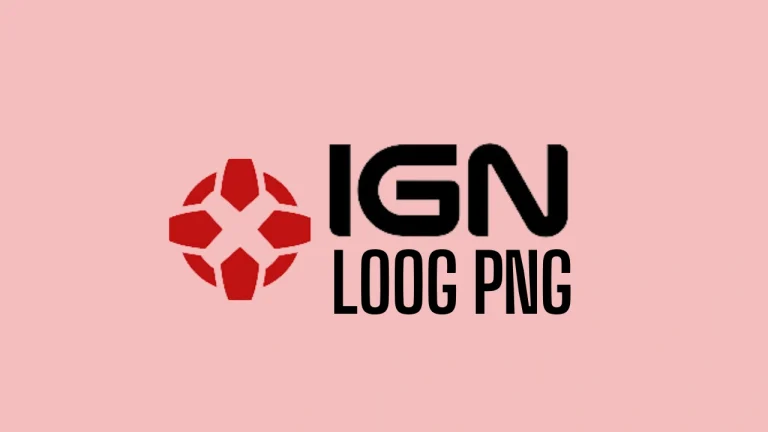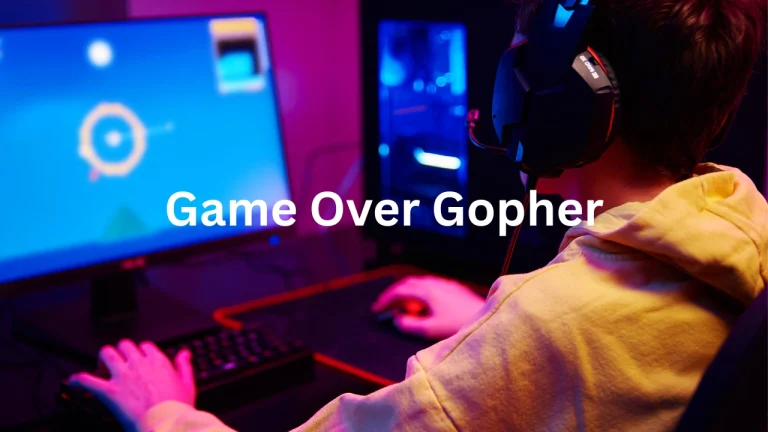How to Make a 3rd Person Game on GDevelop Using 2D Techniques
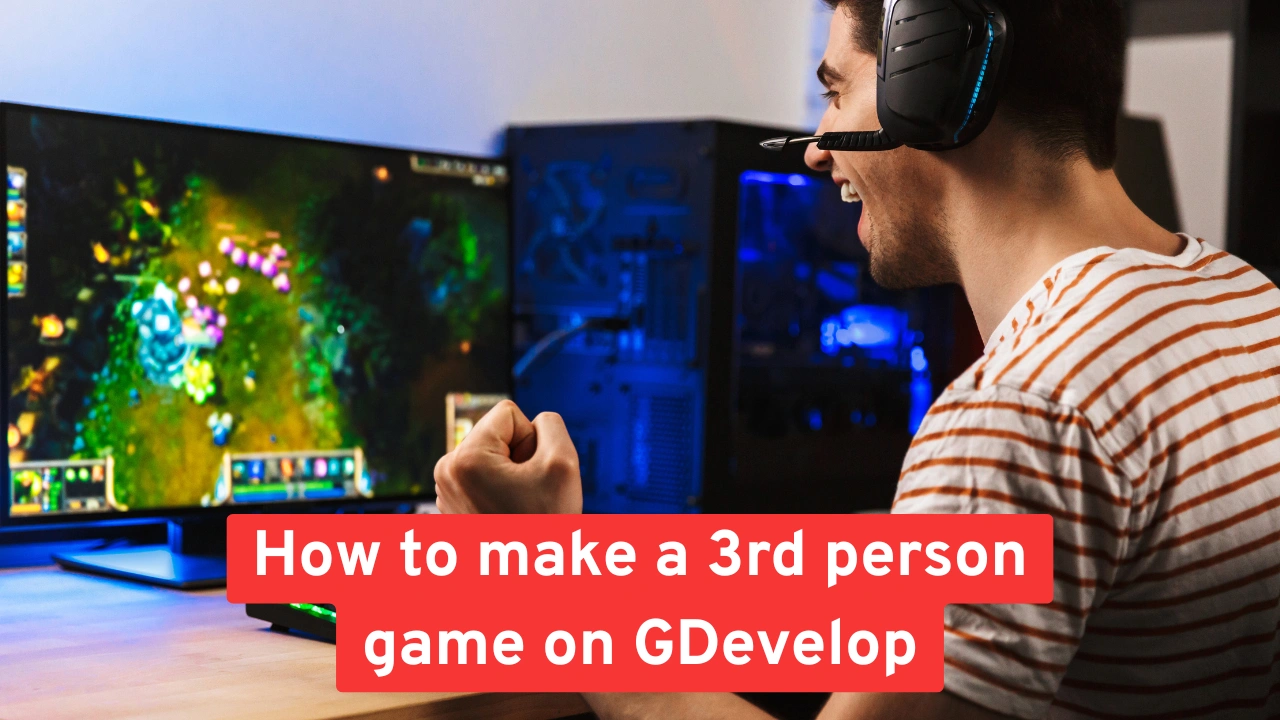
Many game creators are exploring free tools to build immersive games, and GDevelop stands out for beginners and pros alike. If you want to know how to make a 3rd person game on GDevelop, you’re in the right place. This guide will help you understand the steps, mechanics, and ideas needed to create a 3rd person game using GDevelop’s powerful event-based engine.
Read more about games and marketplace of ubisoft and rainbow six siege at marketplace r6
What is to Make a 3rd Person Game on GDevelop?
To make a 3rd person game on GDevelop means simulating a gameplay style where the player controls a visible character from behind. GDevelop is a 2D engine, so developers use clever tricks like top-down or isometric views to create the 3rd person feel. This involves controlling the camera, character rotation, and movement in a way that mimics 3D gameplay.
The process includes customizing movement systems using events, creating layered visuals for depth, and placing the camera strategically. Developers focus on building smooth controls, adding detailed animations, and using shadows to enhance the 3rd person effect. Though it’s not full 3D, the result can look and play like classic third-person games.
Understanding 3rd Person Games in a 2D Engine
Most 3rd person games are built in full 3D engines like Unity or Unreal. GDevelop, however, is primarily a 2D engine, but with creative design, it allows you to simulate a 3rd person perspective using top-down or isometric views. When you understand how to make a 3rd person game on GDevelop, you can use these views to give the player the feeling of watching the character from behind.
GDevelop does not offer native 3D camera angles, but with clever sprite orientation and camera adjustments, you can mimic 3rd person movement and control. It’s all about visual tricks and event logic.
Also Read: Buy EzoCards The Best Virtual Prepaid Cards for Secure Transactions
Getting Started with GDevelop
To begin learning how to make a 3rd person game on GDevelop, download and install the software from the official site. Open a new project and choose the Top-down shooter or Empty Game template. These templates are flexible and work well for building a 3rd person system.
The next step is to add your player character sprite. Choose or design a character that has walking animations in at least four directions. You’ll need different animation frames for idle, walking, running, and maybe turning if you want a detailed movement system.
Camera Position and Illusion of Depth
Since GDevelop is a 2D engine, creating the illusion of depth is essential. To simulate a 3rd person view, offset the camera slightly behind and above the player. This creates a feeling that the camera is following the character from behind, similar to traditional 3rd person games.
For better control, use the “Center camera on an object” action and apply a Y-offset to move the camera slightly upward. This technique is a key part of how to make a 3rd person game on GDevelop because it affects how the player experiences the game visually.
Movement System and Control Scheme
Creating a believable 3rd person game means using a custom movement system. While GDevelop’s Top-down movement behavior can be used, it’s better to create your own using events. Set up events that rotate the player and move them forward based on their angle. This allows for smoother, more realistic controls.
Use the Rotate object action for turning the character. When the player presses left or right keys, rotate the object accordingly. Moving forward should use the Add force at angle event based on the player’s current angle.
These events simulate how characters move in 3rd person games, making this process central to understanding how to make a 3rd person game on GDevelop.
Also Read: JOI Game The Japanese Olympiad in Informatics for High School Coders
Building the World and Objects
After setting up the character, you need to design the game world. Use isometric or pseudo-3D tilesets to create depth. You can layer sprites to simulate background, midground, and foreground visuals. This will make the world appear more three-dimensional even though it’s still 2D.
Design buildings, roads, trees, and other elements with shadows and depth effects. Adjust the Z-order of objects so that your character passes in front of or behind elements, enhancing the visual experience.
Here’s a quick table showing common elements and their usage:
| Element Type | Purpose in Game World | Special Tip |
|---|---|---|
| Player Sprite | Main character | Add multiple animations |
| Terrain Tiles | Map design | Use shadows for depth |
| Background | Scenery | Keep it static for performance |
| UI Layer | Health, maps, score | Keep on a separate layer |
| Enemies | Add interaction | Use AI logic or pathfinding |
Adding Interactions and Gameplay Features
The next step in learning how to make a 3rd person game on GDevelop is implementing gameplay elements. Add enemies using sprite objects, and design their behaviors with events. You can make them follow the player, patrol areas, or react to the player’s actions.
You should also include collision detection, item pickups, and health systems. All of these can be implemented using GDevelop’s built-in actions and variables. For example, when the player touches a health pack, increase the health variable and remove the pack from the scene.
Polish with Animation and Sounds
To make your 3rd person game feel real, polish it with animations and audio. Each action your player takes should have an associated animation. Walking, running, picking items, or dying all need visual feedback.
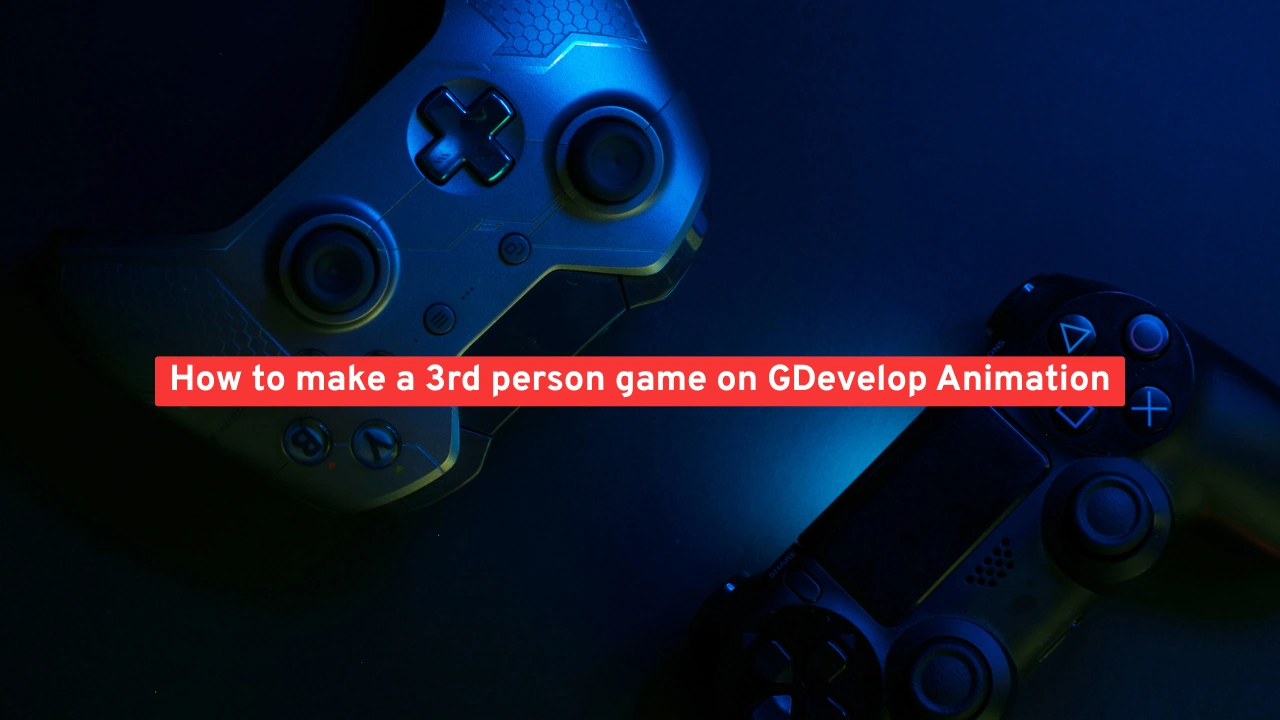
Similarly, background music and sound effects improve the game atmosphere. Add footstep sounds when walking, battle sounds for enemies, and environmental effects like wind or birds. This kind of detail is crucial for building a more complete experience when learning how to make a 3rd person game on GDevelop.
Also Read: Make1m.com Helps Grow Your Money and Achieve Success
Testing and Debugging the Game
After building all key components, start testing your game. Look for any bugs, missing animations, or inconsistent camera behavior. Use the debugger and preview modes in GDevelop to check player variables, object positions, and collisions.
Make sure to test on different screen sizes to ensure your UI scales well. You might need to adjust camera zoom or UI placement for better results.
Here’s a basic testing checklist:
| Task | Description |
|---|---|
| Movement | Check smoothness of character movement |
| Collision | Ensure correct interactions with objects |
| Camera | Validate position and follow logic |
| Sound | Check if sound triggers correctly |
| Animations | Verify each action has correct visual |
Conclusion
Creating a 3rd person game in a 2D engine like GDevelop may sound tricky, but it’s entirely achievable. By simulating camera angles, layering visuals, and controlling movement through events, you can build a game that looks and feels like a classic 3rd person adventure. Once you learn how to make a 3rd person game on GDevelop, you’ll see how flexible the engine really is.
Remember that practice is key, and experimenting with different techniques will help you improve. Whether you aim to build an open-world game or a simple 3rd person shooter, GDevelop gives you the tools to make it possible. Stick with it, and soon you’ll have a game you can proudly share with the world.

